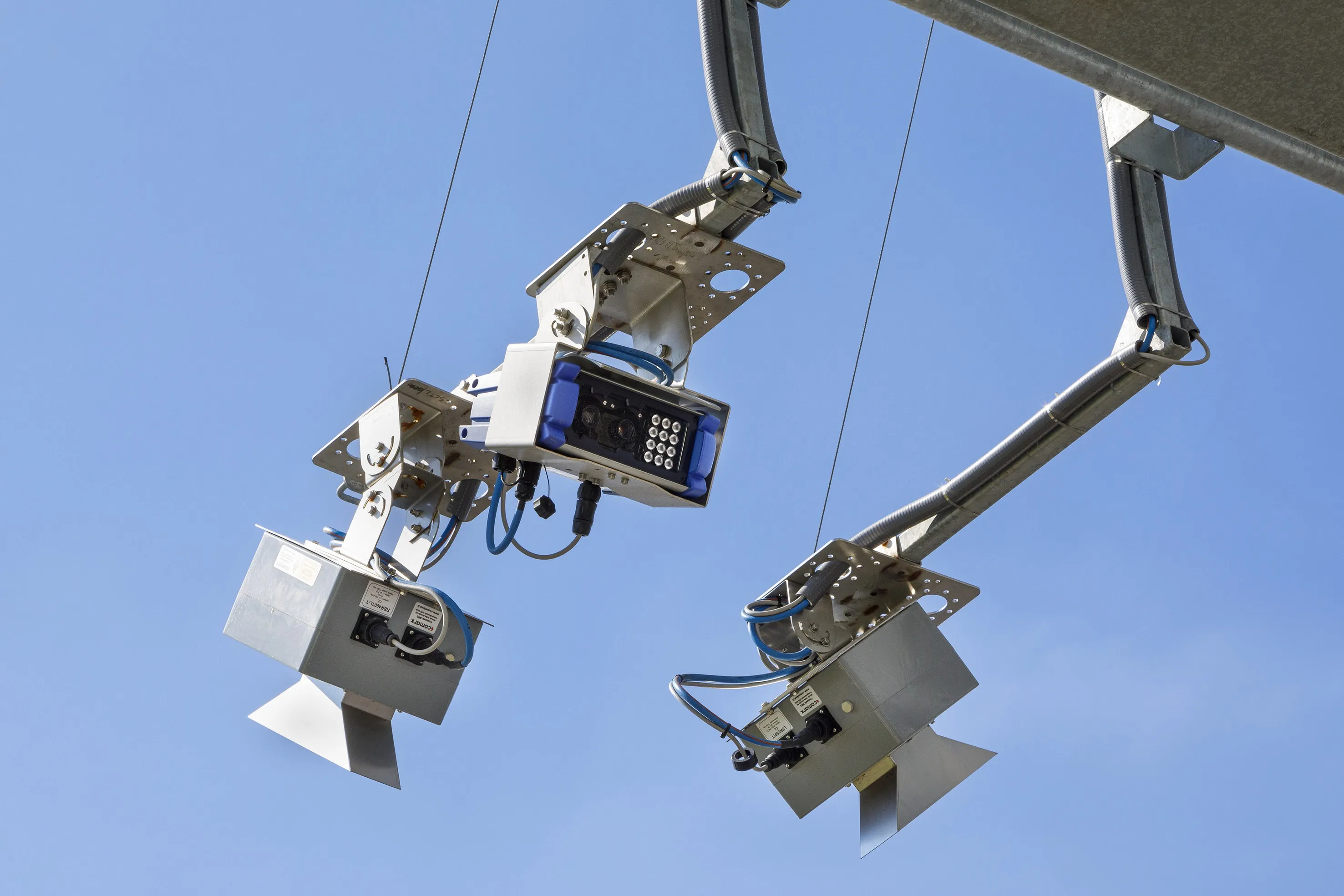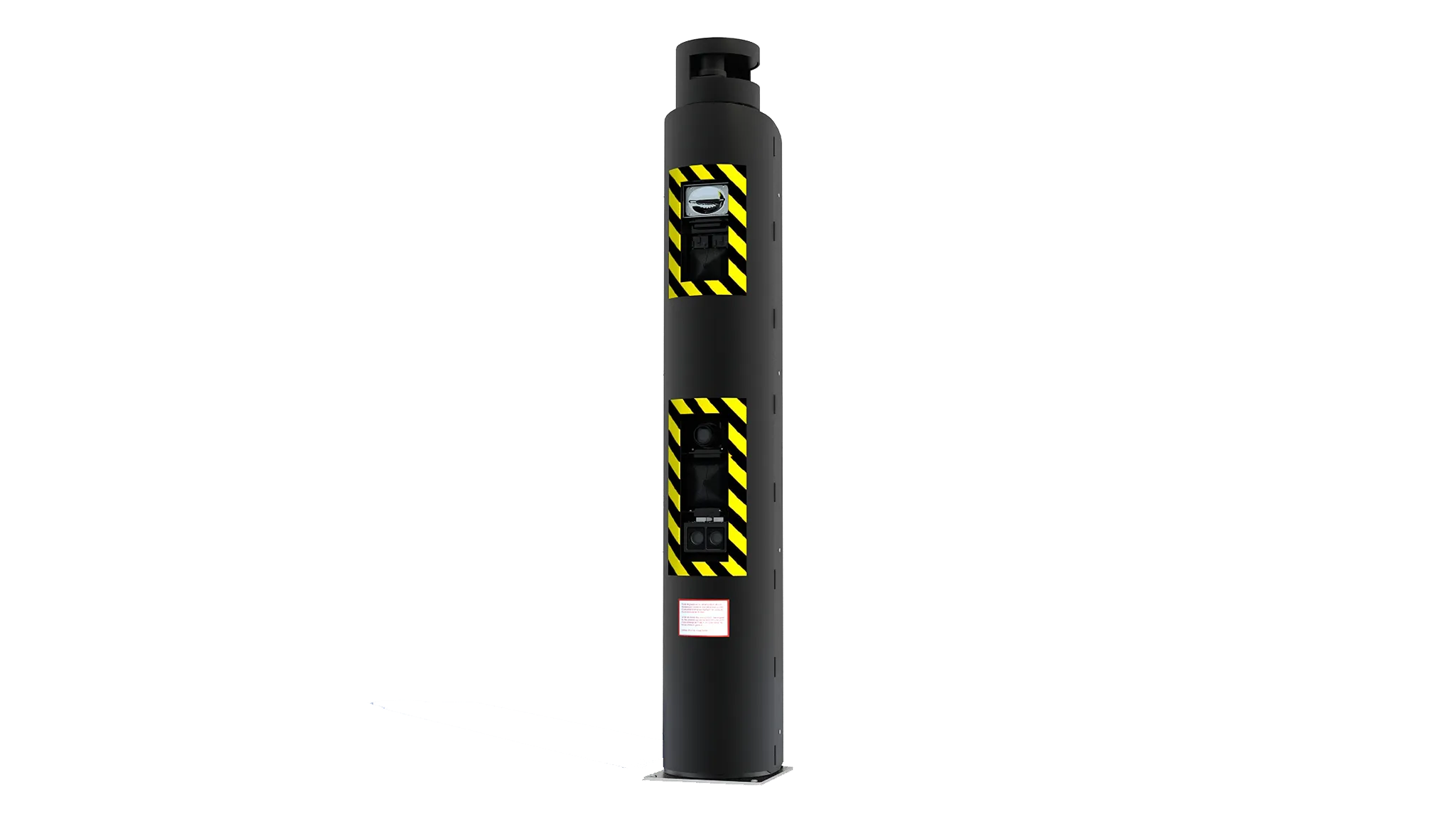
Tattile has introduced what it calls a next-generation AI red-light enforcement camera.
Smart+ Traffic Light can identify red-light violations through image analysis, as well as illegal turns and vehicle tracking via its Stark software.
The Italian manufacturer says the product has evolved from a pure automatic number plate recognition (ANPR) device to an AI-powered vehicle identification system, which can monitor all passing traffic even when the red-light violation mode is active.
Smart+ Traffic Light is equipped with a new high-end sensor (up to 8Mpx on the OCR - optical character recognition - channel), providing better image quality and coverage up to two lanes.
Applications of the Smart+ family go from tolling to enforcement, and Tattile says it can detect vehicles up to 320 km/h (186 mph depending on layout) with a detection accuracy level >99.5%.









